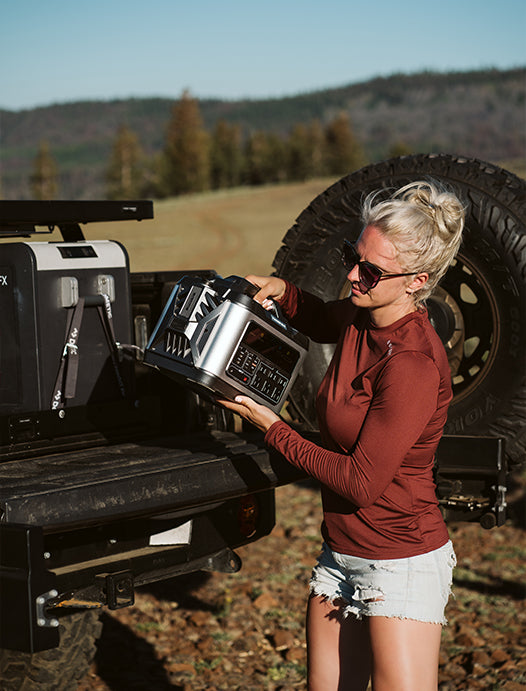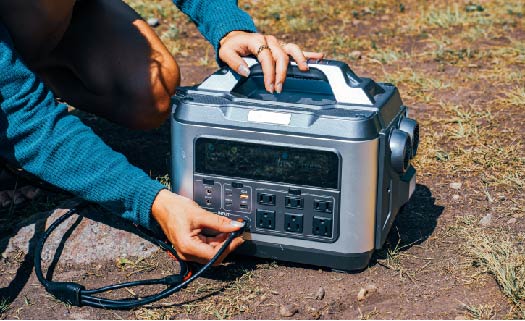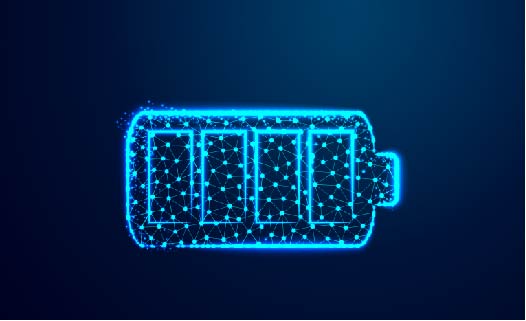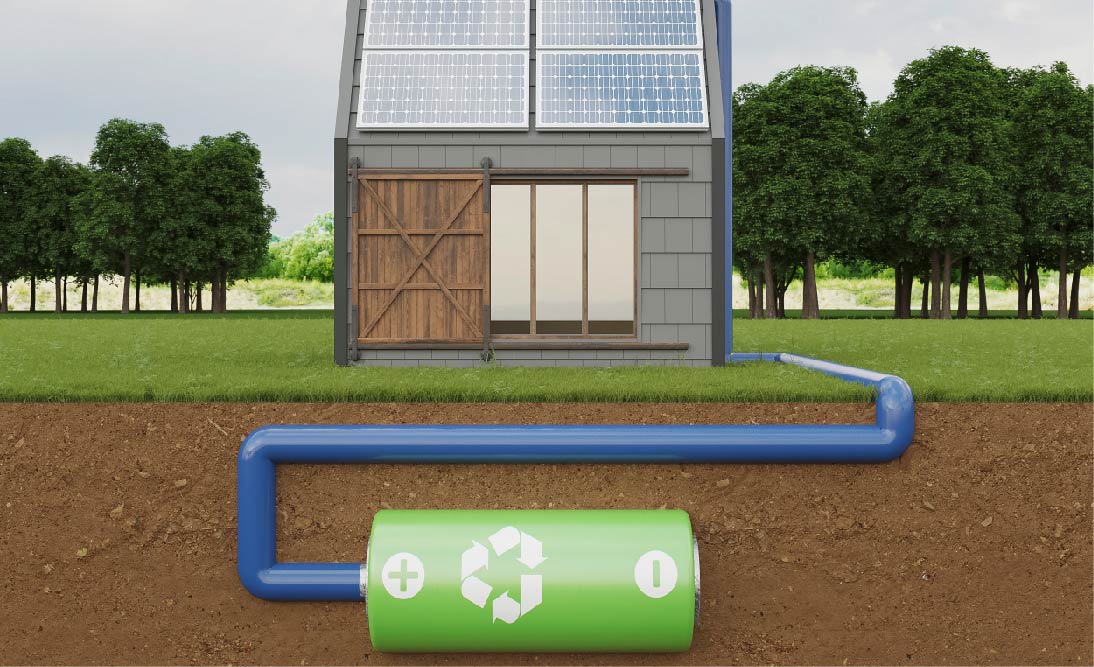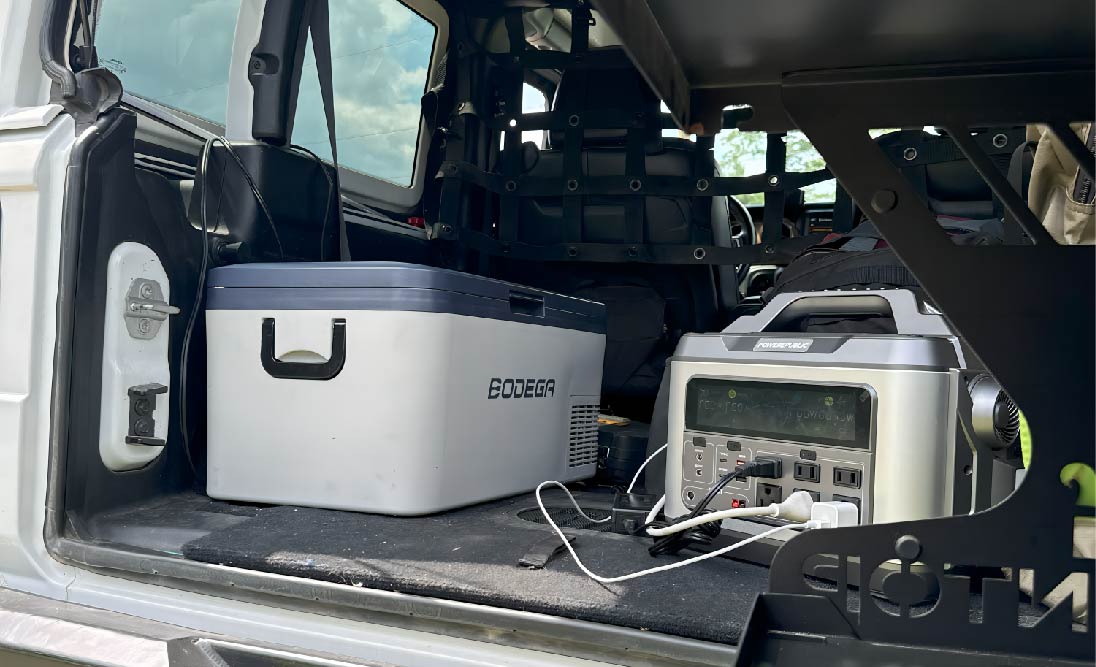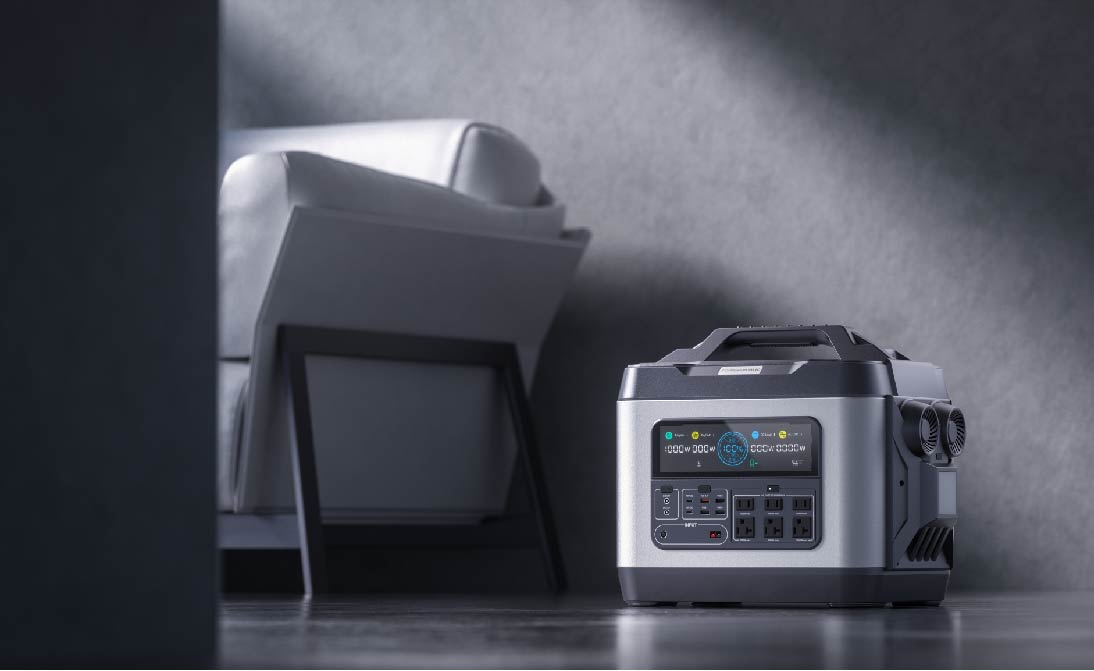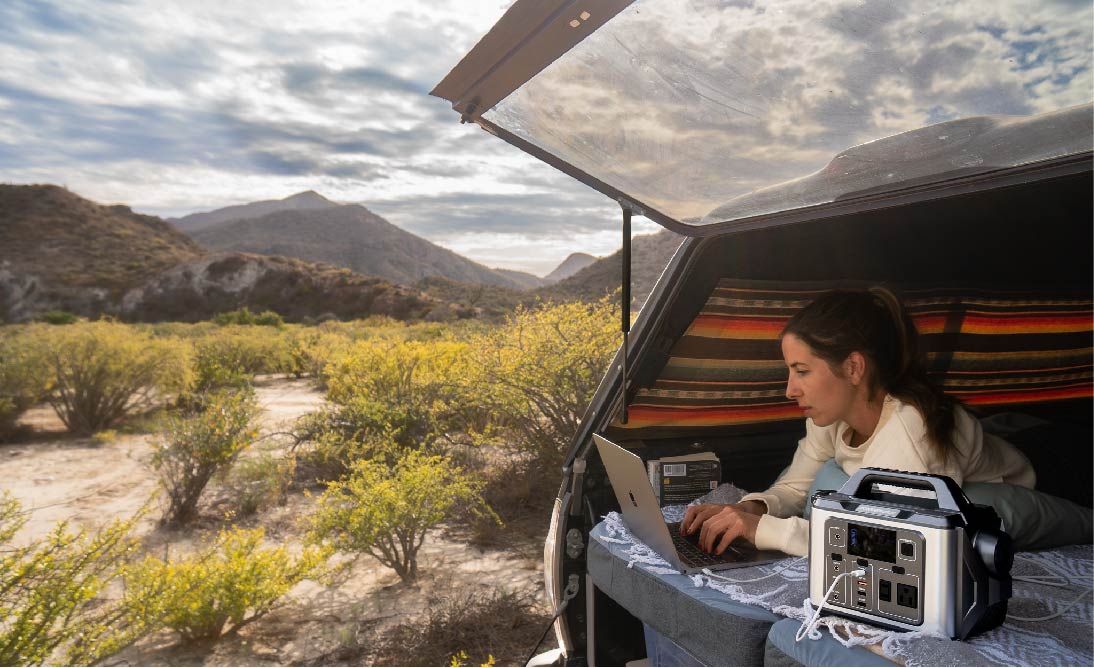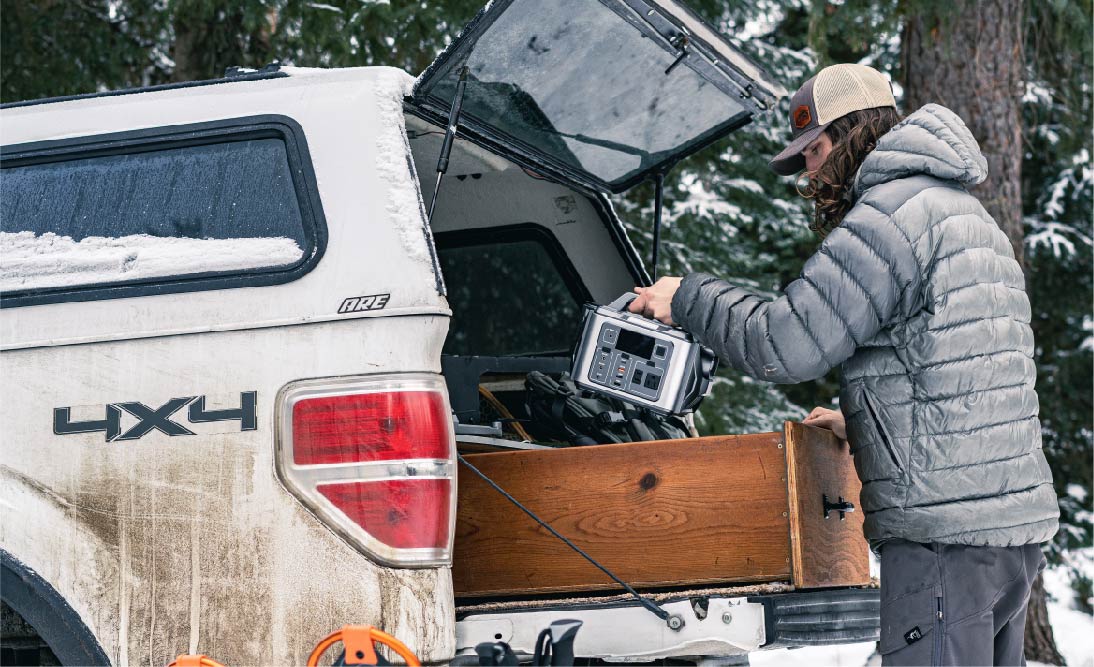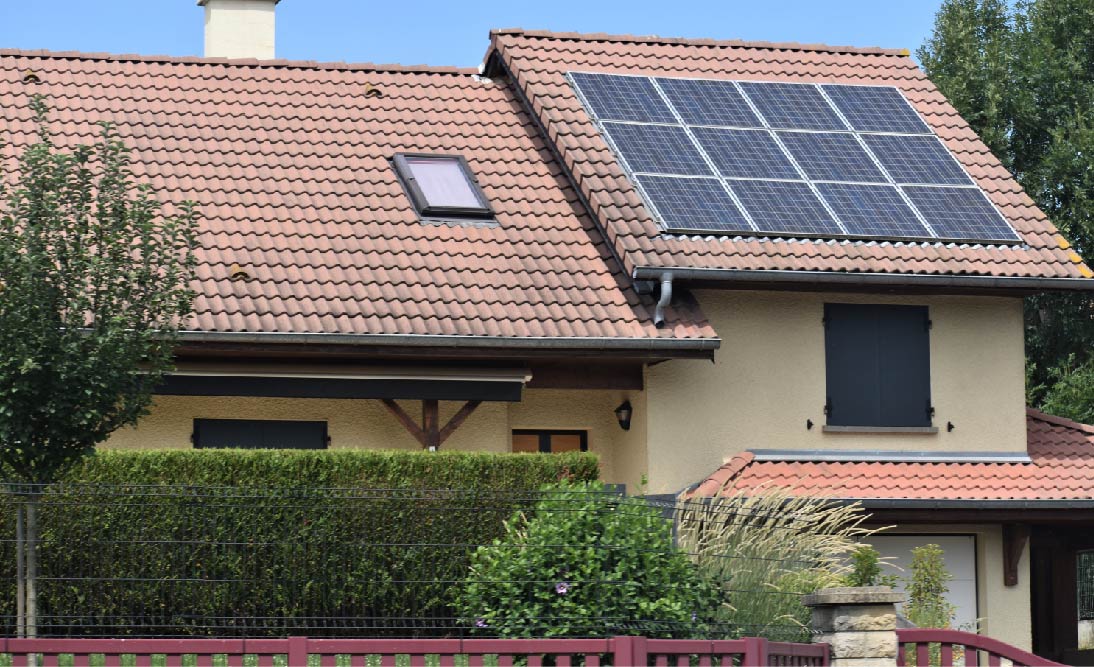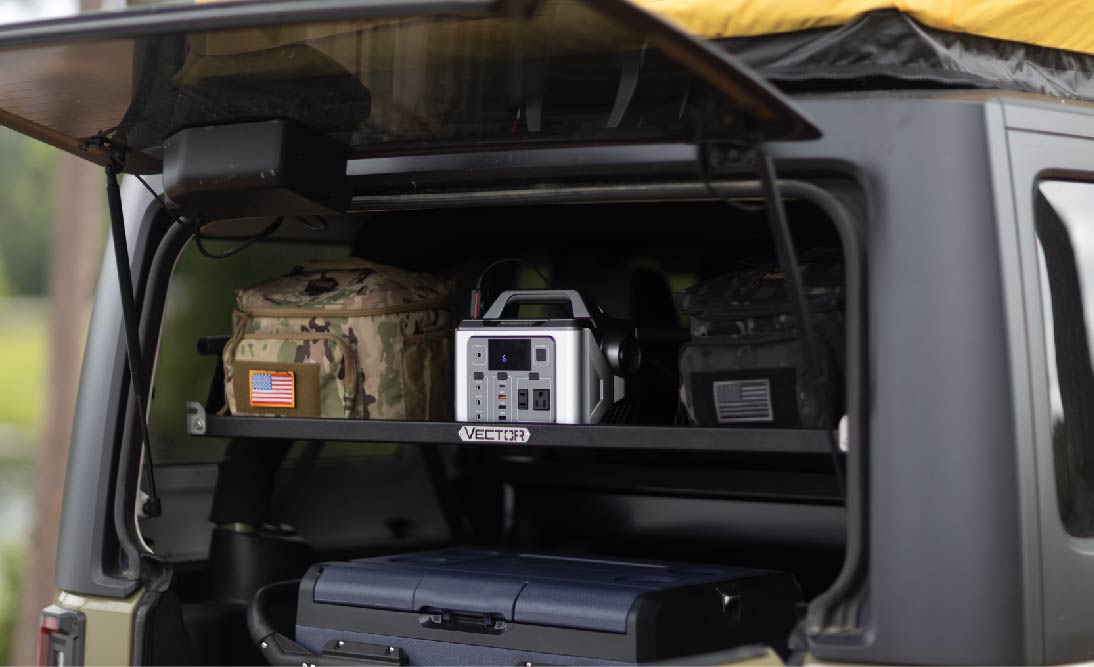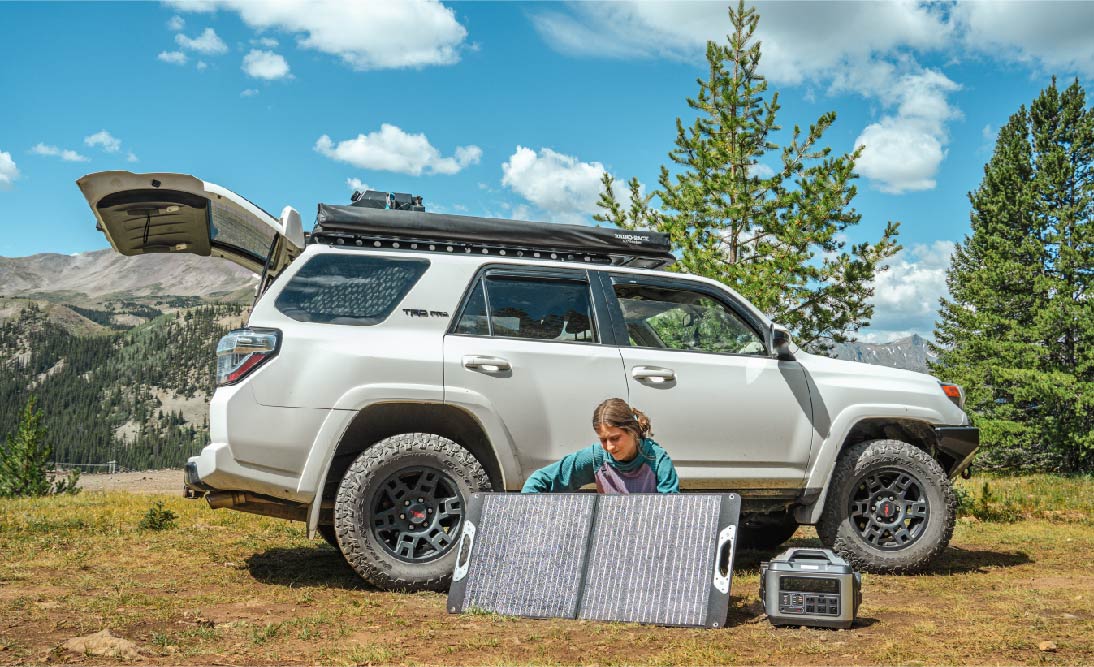Table Of Contents:
Overview Of Indoor Generators: What Are They?

In our busy lives, electricity is a lifeline for daily comfort and convenience. However, unexpected power blackouts can disrupt our routines and leave us without power. That's where indoor generators come to the rescue, providing a reliable solution to keep your essential appliances and devices running, even when the lights go out.
Indoor generators, also known as home backup power systems, serve as a dependable and essential source of electrical energy. Their purpose is to make sure that your apartment or condo stays well-lit and fully operational when the main power supply unexpectedly goes off. These compact and easy-to-install devices supply backup power to your essential home appliances, adding to a comfortable and stress-free living experience, especially when power interruptions could otherwise lead to inconveniences.
Why Are Indoor Generators Necessary?
The primary reason for using an indoor generator is to protect your valuable home appliances. Whether it's your refrigerator, essential lighting, or communication devices, indoor generators keep them running smoothly during power interruptions. This is especially crucial with the growing trend of working from home and our reliance on electronic devices.
Moreover, indoor generators can function similarly to Uninterrupted Power Supplies (UPS) in the event of power outages. This feature ensures that you can maintain a comfortable living environment, whether you need warmth during the winter or cooling relief in hot weather. Additionally, your entertainment and connectivity devices, such as smart TVs and Wi-Fi routers, continue to work seamlessly, minimizing the disruptions caused by power outages.
In addition to that, indoor generators can also protect you from potential financial losses. They prevent food from spoiling during outages, reducing waste and saving you money. Furthermore, they safeguard sensitive electronic devices from potential harm, ensuring their longevity and reliable performance.
In essence, indoor generators provide a dependable power source, secure your essential appliances, and provide peace of mind. Whether you seek a comfortable home, cost savings, or the seamless continuation of your work-from-home setup, investing in an indoor generator is a wise choice for a reliable power supply.
How Do Indoor Generators Operate?

We'll explore how indoor generators store and supply energy to keep your home running smoothly during outages, how they seamlessly accommodate various devices, and the different charging options available.
1. Battery: The Heart of an Indoor Generator
-
Indoor generators rely on a rechargeable battery as their central component. This battery is designed to store electrical energy efficiently.
-
The battery's capacity is a critical factor that determines how long an indoor generator can power your devices and appliances during an outage. A higher battery capacity means a longer period of operation.
-
The rechargeable nature of the battery ensures that it can be replenished with electrical energy, making it a sustainable and long-lasting power source.
2. Versatility: Plug-and-Play Convenience
-
Indoor generators come equipped with a combination of power outlets, including AC plugs for standard devices, DC plugs for direct current applications, and USB ports for smaller gadgets like smartphones and tablets.
-
The convenience of this setup lies in its plug-and-play nature. Users can effortlessly connect various devices to these diverse outlets without requiring complex configurations.
-
The adaptability of indoor generators to accommodate multiple devices simultaneously ensures that you can power a range of appliances, electronics, and essential equipment to meet your specific needs all at once during power outages.
3. Charging Options: Fueling Your Generator
-
Recharging your indoor generator can be achieved through multiple options. The most common method is using a standard wall outlet, which offers everyday convenience and ensures your generator is readily available for use.
-
If you're on the move, your vehicle’s socket can serve as a mobile power source for recharging your indoor generator, making it a versatile solution for outdoor activities or emergencies.
-
For those with an environmentally friendly inclination, solar panels offer an eco-conscious method to keep your indoor generator's battery charged and prepared for action. This sustainable approach harnesses solar energy to maintain your generator's power supply.
Different Types Of Indoor Generators

Indoor generators come in various types, each designed to cater to specific needs and preferences. Here's an overview of the different types of indoor generators:
1. Portable Indoor Generators
-
Portable indoor generators are compact and easy to move, making them ideal for occasional use during power outages or for outdoor activities.
-
They typically run on gasoline or propane and provide a limited amount of power.
-
Portable generators are suitable for running essential appliances and devices, such as refrigerators, lights, and small electronics.
2. Standby Generators
-
Standby generators are permanently installed units that are connected to your home's electrical system.
-
They are designed to automatically switch on when there's a power outage, providing seamless backup power.
-
Standby generators are capable of powering an entire home, including major appliances, heating and cooling systems, and electronic devices.
3. Inverter Generators
-
Inverter generators are known for their quiet and fuel-efficient operation.
-
They produce clean and stable power, making them suitable for sensitive electronics.
-
Inverter generators are often used for camping, tailgating, and as a backup power source for homes with specific power needs.
4. Solar Generators
-
Solar generators harness energy from the sun using solar panels and store it in a battery.
-
They are a clean and sustainable power source, making them an eco-friendly choice.
-
Solar generators are typically used for camping, RVs, and as backup power for small appliances and devices.
5. Battery Backup Systems
-
Battery backup systems store electrical energy in a battery and are designed to provide power during outages.
-
They can be integrated with a home's electrical system to provide uninterrupted power.
-
Battery backup systems are often used in combination with solar panels for a reliable and sustainable power solution.
6. Dual Fuel Generators
-
Dual fuel generators can run on two types of fuel, usually gasoline and propane.
-
They offer flexibility and the ability to choose the most convenient or readily available fuel source.
-
Dual fuel generators are versatile and suitable for various applications, including home backup power.
Each type of indoor generator has its advantages and is suited to specific situations. When selecting an indoor generator, consider your power needs, fuel preferences, and intended use to choose the type that best meets your requirements. In this article, we will only focus on solar generators as one of the options for home backup.
How To Choose The Best Indoor Generator?

Selecting the ideal indoor generator for your needs is a crucial decision to ensure that your home remains powered during outages. Here are some essential considerations to help you make an informed choice:
1. Evaluate Your Power Needs First
Understanding the power requirements of your home appliances and devices is the first step in selecting the right indoor generator. Start by creating a list of the essential items you want to power during an outage. This typically includes appliances like refrigerators, lights, heating or cooling systems, and communication devices. Knowing the wattage or power consumption of these devices is essential. This information can usually be found on the devices themselves or in their user manuals.
If you cannot find the wattage of the appliances, try to find out the Voltage (V) and Current (A) of the devices, and then multiply them together to get the Wattage (W)- Wattage (W) = Voltage (V) X Current (A). After knowing the wattages of all the appliances, add them together to calculate the total power. This will help you determine the rated or running power of the generator.
2. Consider Starting and Running Power
Different appliances and devices have varying power requirements, particularly during startup. For instance, devices like refrigerators or air conditioners often demand an initial surge of power to begin functioning before settling into a lower, continuous power consumption mode.
When choosing an indoor generator, it's crucial to consider both the starting power, which is often higher, and the running power (continuous) requirements of your devices. Make sure to select a generator that can handle the highest starting power needs of your appliance without overloading, and make sure that the total power of your appliances doesn't exceed the generator's running power.
3. Evaluate Battery Capacity and Runtime
Battery capacity is another critical factor to consider when choosing an indoor generator as it determines how long your devices can be powered during an outage. A higher battery capacity equates to an extended usage period. When assessing battery capacity, match it with your power needs. For instance, if you aim to power essential devices for an extended duration, you'll require a generator with a larger battery capacity.
You can use the following formula to determine the running time:
-
Running Time (Hrs) = Capacity of the generator (Wh) / Total power of your appliances (W)
For example, if the capacity of your generator is 5000Wh, and you need a total of 3000W power, then the running time would be calculated as follows:
-
Running Time (Hrs) = 5000Wh / 3000W = 1.6 hours
In this scenario, a 5000Wh generator can power all your appliances (3000W) for approximately 1.6 hours.
Please note that: Generators have a conversion rate that affects their efficiency, and it's important to consider this factor for a more accurate estimation of running time. In reality, you should use the following formula to account for the conversion rate:
-
Running Time (Hrs) = Capacity of the generator (Wh)* Conversion Rate / Total power of your appliances (W)
4. Consider Fuel Type
Indoor generators can run on various fuels, such as gasoline, and propane, and rely on rechargeable batteries, or solar panels. Consider the availability and convenience when choosing.
When choosing the right indoor generator, consider factors like fuel availability, storage requirements, and environmental impact. Gasoline and propane generators are ideal for short-term power needs and portability. Rechargeable battery generators are suitable for quiet, eco-friendly power, while solar generators offer long-term sustainability but rely on sunlight conditions. Understanding these options will help you make the right decision based on your priorities and requirements.
5. Noise Level and Emissions
For indoor use, it's important to consider the noise level and emissions of the generator:
-
Battery-Powered Generators: Battery-powered generators are exceptionally quiet, producing 40 to 60 decibels (dB) noises. This is equivalent to the sound of light traffic.
-
Solar Generators: Solar generators are virtually silent as they rely on photovoltaic panels to harness energy from the sun. There are no moving parts or internal combustion engines, resulting in noise levels close to zero dB.
-
Propane Generators: Propane generators are generally quieter than gasoline generators. They typically produce noise levels ranging from 50 to 70 dB, which is similar to the noise of light traffic.
-
Gasoline Generators: Gasoline generators tend to be noisier than other options. Their noise levels often fall in the range of 70 to 80 dB, which is equivalent to the sound of a vacuum cleaner or heavy traffic.
-
Diesel Generators: Noise Level: Diesel generators can be louder, generating noise levels of 75 to 85 dB. This is comparable to the sound of a blender or a crowded restaurant.
By taking these factors into account, you can make a well-informed decision when choosing the best indoor generator for your specific needs. Tailoring your selection to your power requirements and considering the device's specifications will help ensure that you have a reliable backup power source for your apartment or condo.
POWEREPUBLIC Solar Generators as Indoor Generators for Power Outages
As we mentioned above, solar generator kits can be considered as one of the indoor generator options for their portability, versatility, and sustainability. We are going to introduce POWEREPUBLIC T2200 and T3000 solar generators as one of the best indoor generators. Also, both our T2200 and T3000 are LiFePO4 power stations.
POWEREPUBLIC T2200 Solar Generator Kit

With a running power of 2200W (4600W surge power) and a battery capacity of 2240Wh, it can power nearly 95% of home appliances, from heaters to washing machines to refrigerators. Equipped with 15 different output ports, you can use it to charge multiple home appliances simultaneously. Our focus here is on how long it can power your home appliances. If you want to learn more about the specifications of our T2200, click HERE for more details.
Below is a table of frequently used home appliances, their starting and running power, and how long our T2200 solar generator can power them during power outages:
|
Appliance |
Starting Power (Watts) |
Running Power (Watts) |
Running Time (Hours) POWEREPUBLIC T2200 |
|
Refrigerator |
800 - 1200 |
100 - 800 |
2 - 19 |
|
Air Conditioner (AC) |
2000 - 4000 |
1500 - 2000 |
1 - 1.2 |
|
Microwave |
1000 - 1500 |
700 - 1000 |
2 - 2.7 |
|
Electric Oven |
3000 - 5000 |
1500 - 2000 |
1 - 1.2 |
|
Washing Machine |
1000 - 3500 |
500 - 1000 |
2 - 3.8 |
|
Laptop/Computer |
50 - 200 |
50 - 200 |
9 - 38 |
|
LED TV |
50 - 100 |
50 - 100 |
19 - 38 |
|
Ceiling Fan |
100 - 150 |
50 - 100 |
19 - 38 |
|
Lights (LED Bulbs) |
N/A |
5 - 15 |
126 - 380 |
|
Portable Heater |
1000 - 1500 |
1000 - 1500 |
1.2 - 2 |
|
Sump Pump |
800 - 2200 |
800 - 2200 |
0.8 - 2.3 |
|
Garage Door Opener |
600 - 800 |
600 - 800 |
2.3 - 3.2 |
|
Electric Water Heater |
3000 - 4500 |
2500 - 3000 |
/ |
|
Router/Modem |
15 - 30 |
15 - 30 |
63 - 126 |
|
Cellphone Charger |
5 - 10 |
5 - 10 |
190 - 380 |
We hope the table above will give you a better idea of the functionality of POWEREPUBLIC T2200 solar generator kits.
Please note that:
-
These are approximate values, and the actual power requirements may vary depending on the specific make and model of the appliance.
-
We use the following formula to estimate the running time: Running Time (Hrs) = Capacity of the generator (Wh)* 85%(Conversion Rate) / Running power of your appliances (W).
POWEREPUBLIC T3000 Solar Generator Kit

Compared to our T2200, the T3000 can power appliances with higher starting and running power. It is truly the POWER BEAST.
With a running power of 3000W (6000W surge power) and a battery capacity of 3200Wh, it can power nearly 99% of home appliances. Equipped with 15 different output ports, you can use it to charge multiple home appliances simultaneously. Our focus here is on how long it can power your home appliances. If you want to learn more about the specifications of our T3000, click HERE for more details.
Below is a table of frequently used home appliances, their starting and running power, and how long our T3000 solar generator can power them during power outages:
|
Appliance |
Starting Power (Watts) |
Running Power (Watts) |
Running Time (Hours) POWEREPUBLIC T3000 |
|
Refrigerator |
800 - 1200 |
100 - 800 |
3.4 - 27 |
|
Air Conditioner (AC) |
2000 - 4000 |
1500 - 2000 |
1.3 - 1.8 |
|
Microwave |
1000 - 1500 |
700 - 1000 |
2.7 - 3.8 |
|
Electric Oven |
3000 - 5000 |
1500 - 2000 |
1.3 - 1.8 |
|
Washing Machine |
1000 - 3500 |
500 - 1000 |
2.7 - 5.4 |
|
Laptop/Computer |
50 - 200 |
50 - 200 |
13.6 - 54.4 |
|
LED TV |
50 - 100 |
50 - 100 |
27.2 -54.4 |
|
Ceiling Fan |
100 - 150 |
50 - 100 |
27.2 -54.4 |
|
Lights (LED Bulbs) |
N/A |
5 - 15 |
181 - 544 |
|
Portable Heater |
1000 - 1500 |
1000 - 1500 |
1.8 - 2.7 |
|
Sump Pump |
800 - 2200 |
800 - 2200 |
1.2 - 3.4 |
|
Garage Door Opener |
600 - 800 |
600 - 800 |
3.4 - 4.5 |
|
Electric Water Heater |
3000 - 4500 |
2500 - 3000 |
1 |
|
Router/Modem |
15 - 30 |
15 - 30 |
90 - 181 |
|
Cellphone Charger |
5 - 10 |
5 - 10 |
272 - 544 |
We hope the table above will give you a better idea of the functionality of POWEREPUBLIC T3000 solar generator kits.
Please note that:
-
These are approximate values, and the actual power requirements may vary depending on the specific make and model of the appliance.
-
We use the following formula to estimate the running time: Running Time (Hrs) = Capacity of the generator (Wh)* 85%(Conversion Rate) / Running power of your appliances (W).
Pros and Cons Of Using Solar Generators as Indoor Generators

Similar to other generator types, solar-powered generators have their own set of advantages and disadvantages when used as indoor backup power sources for homes.
Pros
-
Environmentally Friendly: Solar generators harness clean, renewable solar energy, significantly reducing greenhouse gas emissions and environmental impact.
-
Cost Savings: While there's an initial investment for installation, solar generators offer long-term cost savings. Solar power is essentially free, reducing electricity bills.
-
Silent Operation: Solar generators operate quietly since they have no moving parts, making them well-suited for indoor use without noise disturbances.
-
Energy Independence: Solar generators provide a degree of energy independence. During power outages, you can continue to power your essential devices and appliances.
-
Low Maintenance: Solar generators are low-maintenance devices. They have fewer moving parts than traditional generators, reducing the need for maintenance and repairs.
-
Clean Power: Solar generators produce clean, stable electricity. This makes them ideal for powering sensitive electronic devices and appliances.
Cons
-
Weather Dependency: Solar power generation is weather-dependent. Cloudy days or poor weather conditions can reduce the efficiency of solar panels, impacting power generation.
-
Initial Cost: The initial cost of purchasing and installing solar panels, battery storage, and related equipment can be higher compared to traditional generators.
-
Limited Night Use: Solar generators do not generate power at night, so they require energy storage solutions, like batteries, to provide power during nighttime hours.
-
Space Requirements: Solar panels require physical space for installation. The amount of space needed can be a limitation for those with limited rooftop or land space.
-
Battery Maintenance: The batteries used for storing solar energy may require periodic maintenance or replacement over time. Proper care is essential for long-term performance.
-
Output Variability: The power output from solar generators can vary throughout the day, reaching peak generation during midday. This variability can impact the charging of devices, especially during mornings and evenings.
Final Thoughts
In summary, indoor generators, also known as home backup power systems, are indispensable for maintaining essential electrical energy access during power disruptions. These devices ensure the uninterrupted operation of critical home appliances and prevent potential financial losses. They act like Uninterrupted Power Supplies (UPS), guaranteeing a consistent living environment by powering heating, cooling, and entertainment systems. Indoor generators also save money by preventing food spoilage and safeguarding sensitive electronic devices.
To select the right indoor generator, understanding your power requirements, both starting and running, is essential. Matching the battery capacity to your needs ensures uninterrupted power during outages. Consider factors like fuel type, noise level, and emissions for indoor use.
Solar generators are becoming increasingly popular among indoor generators due to their sustainability, silent operation, and low maintenance. While they offer advantages like cost savings and clean power, they are weather-dependent and come with an initial installation cost. However, solar generators provide a greener, quieter, and more independent power solution for homes.
Ultimately, your choice of an indoor generator should align with your specific needs and priorities, whether it's ensuring comfort, saving money, or reducing your environmental footprint. With the right indoor generator, you can enjoy peace of mind and uninterrupted power during unexpected outages.
